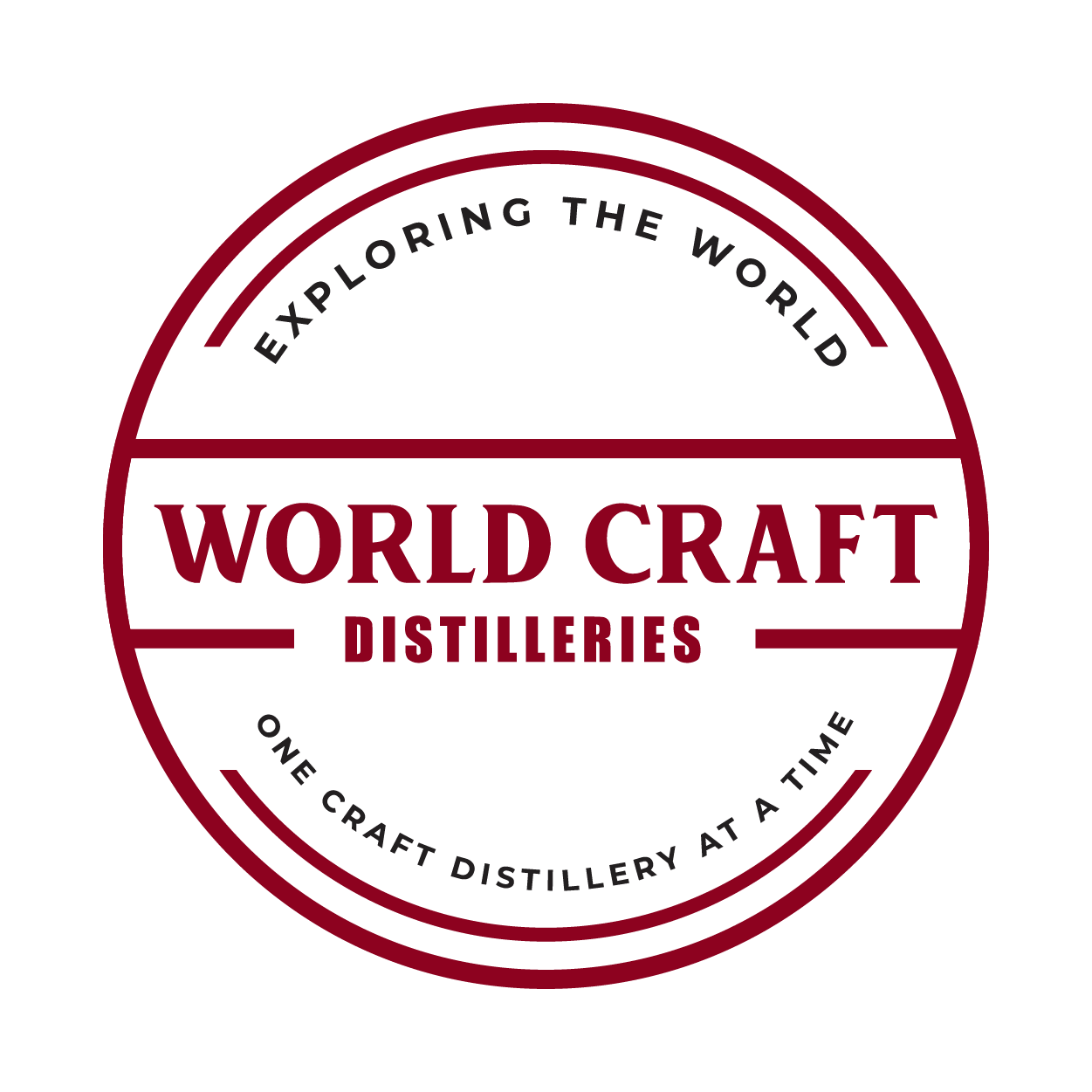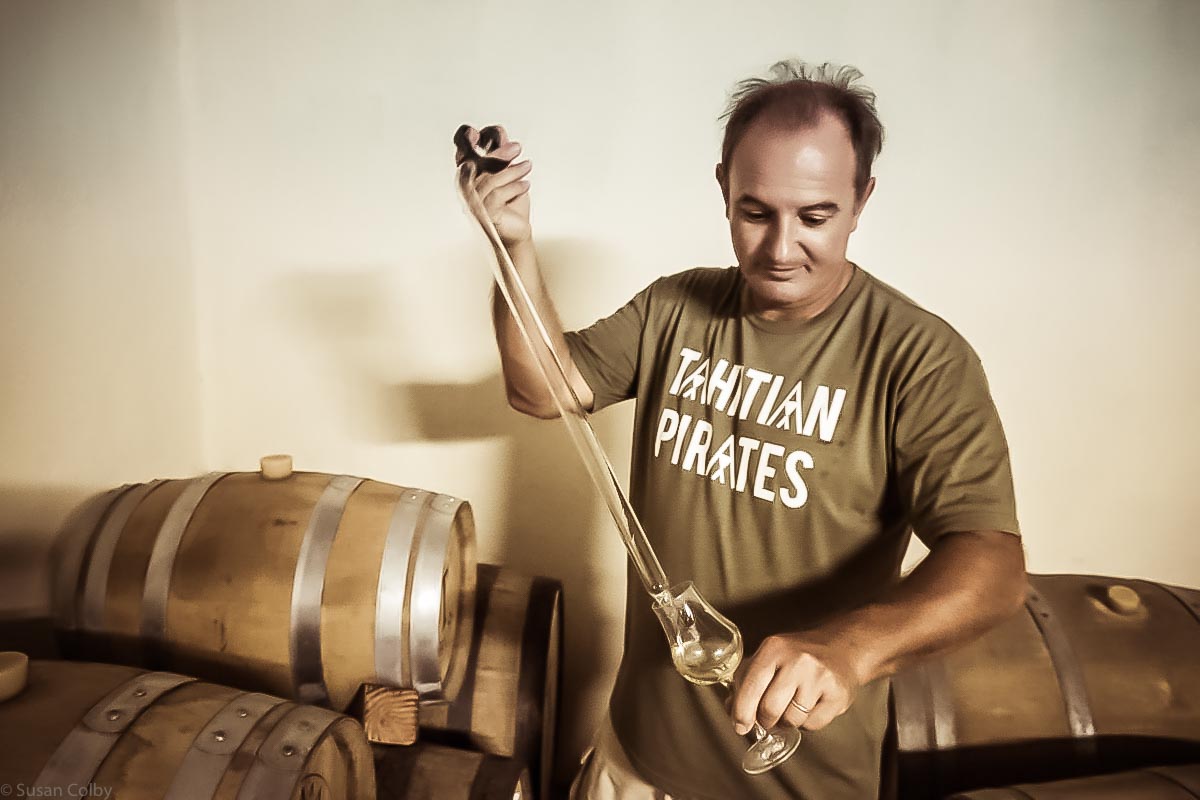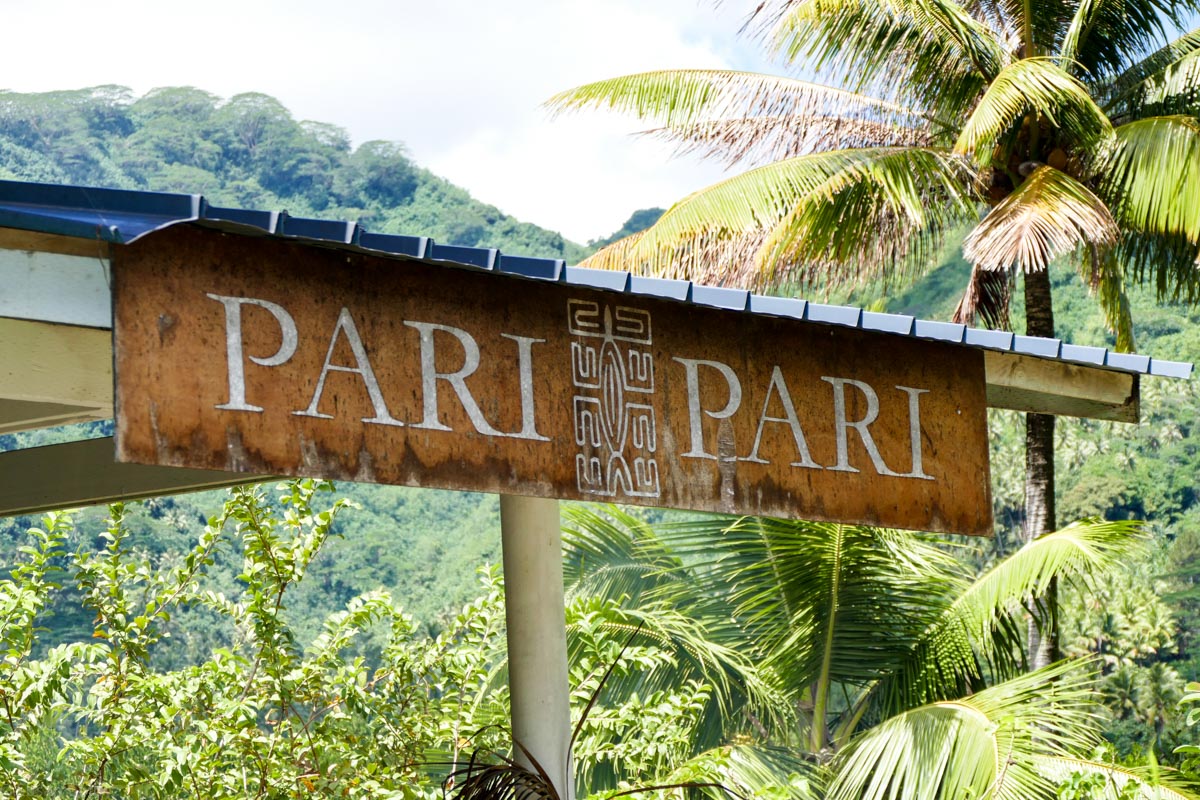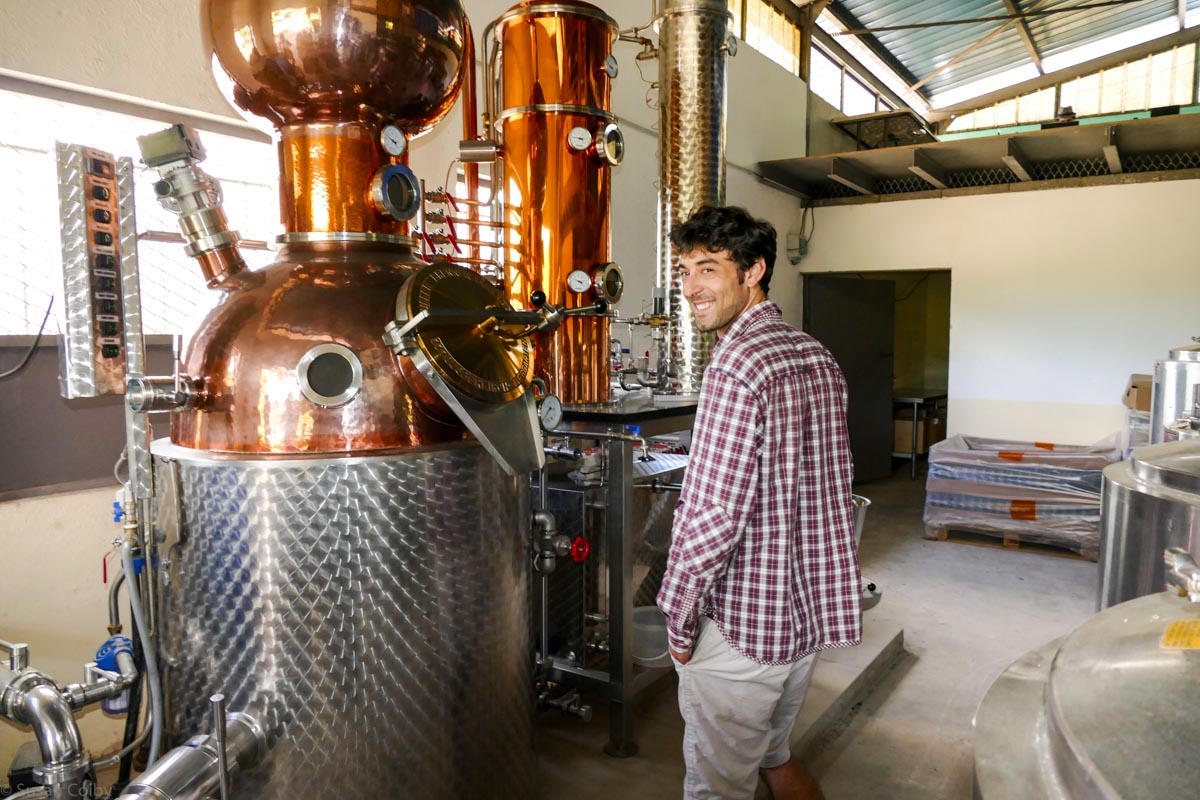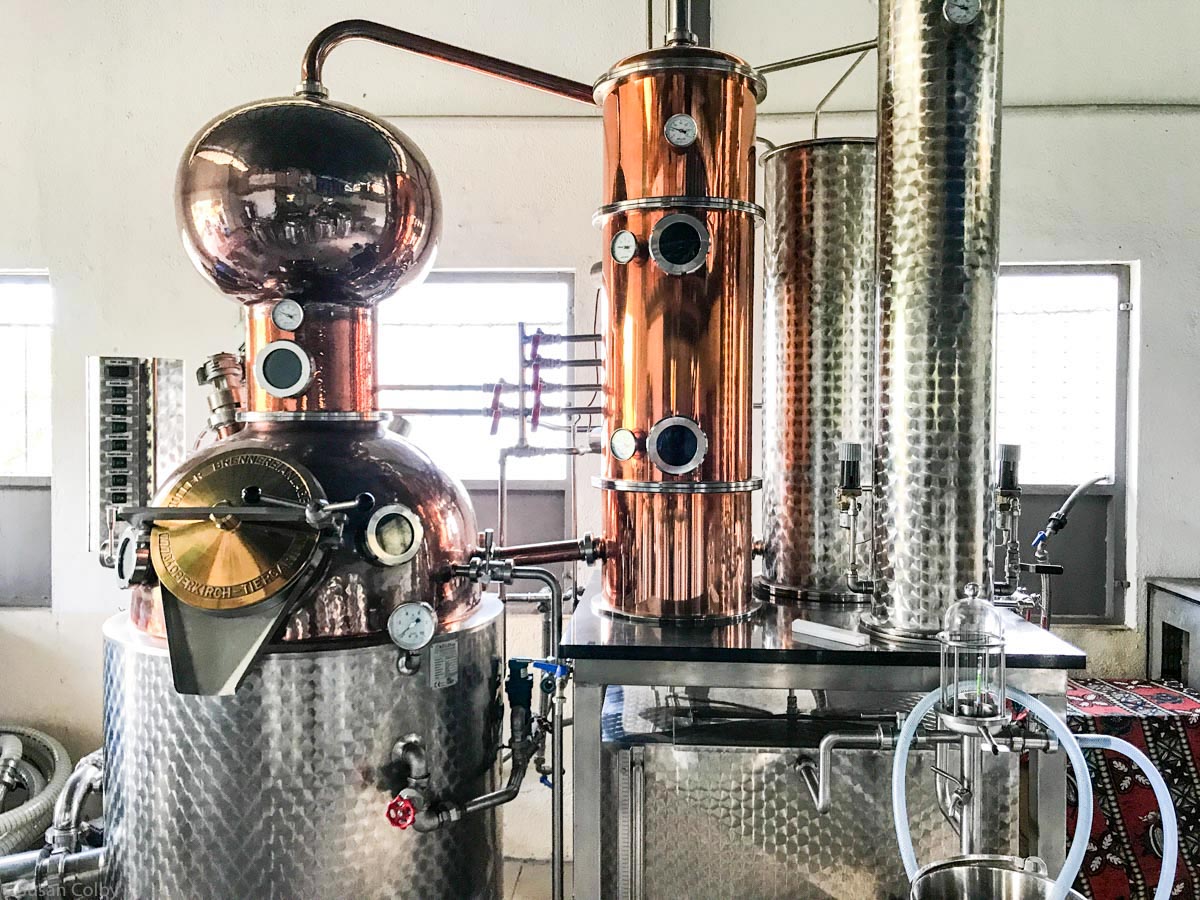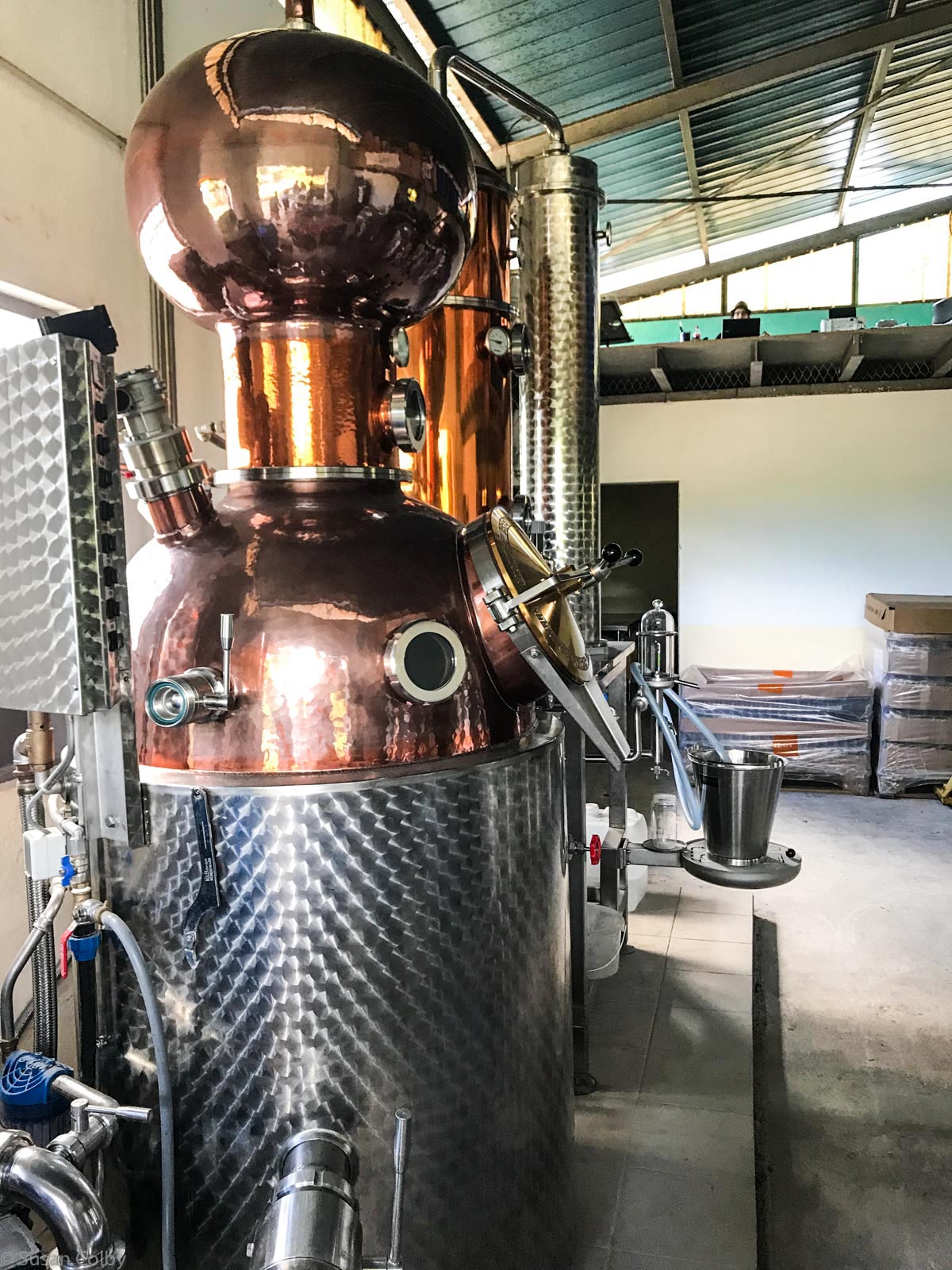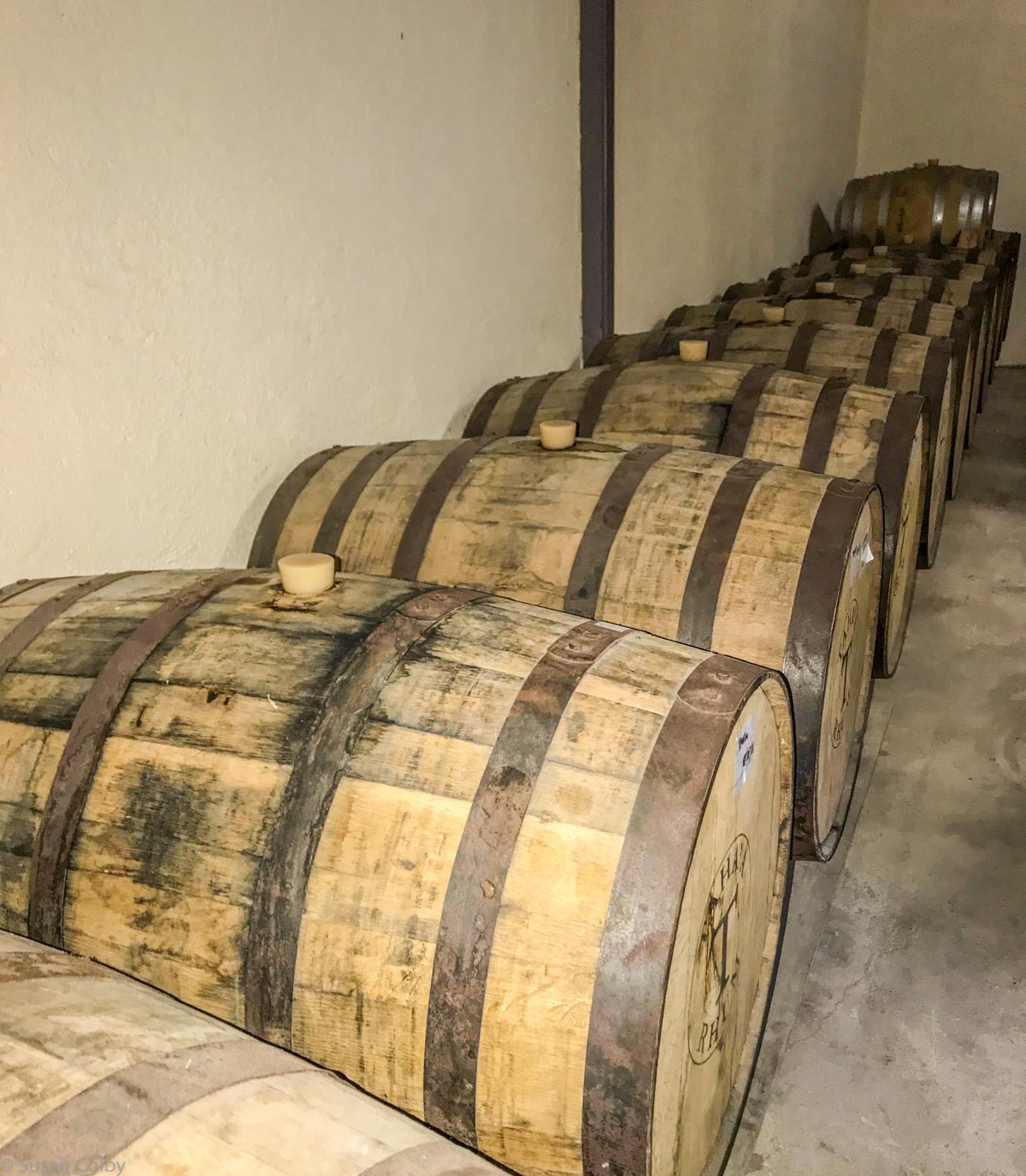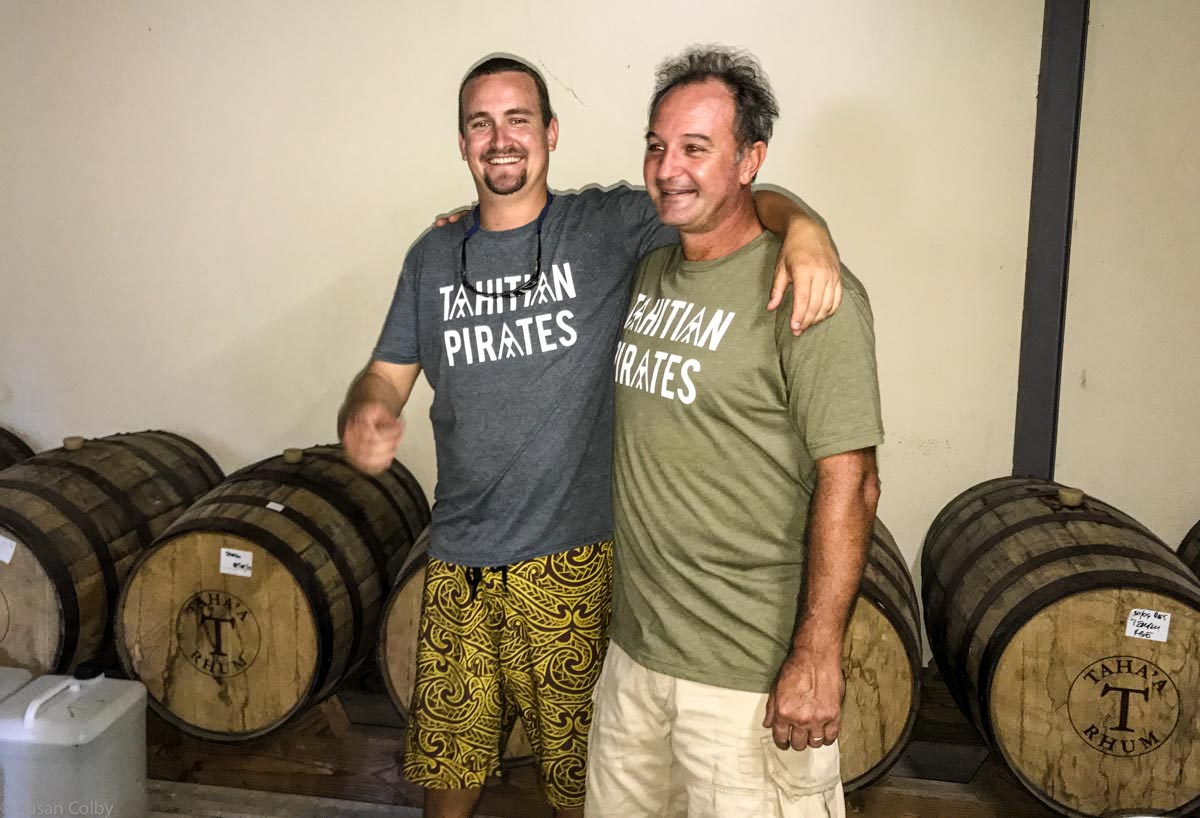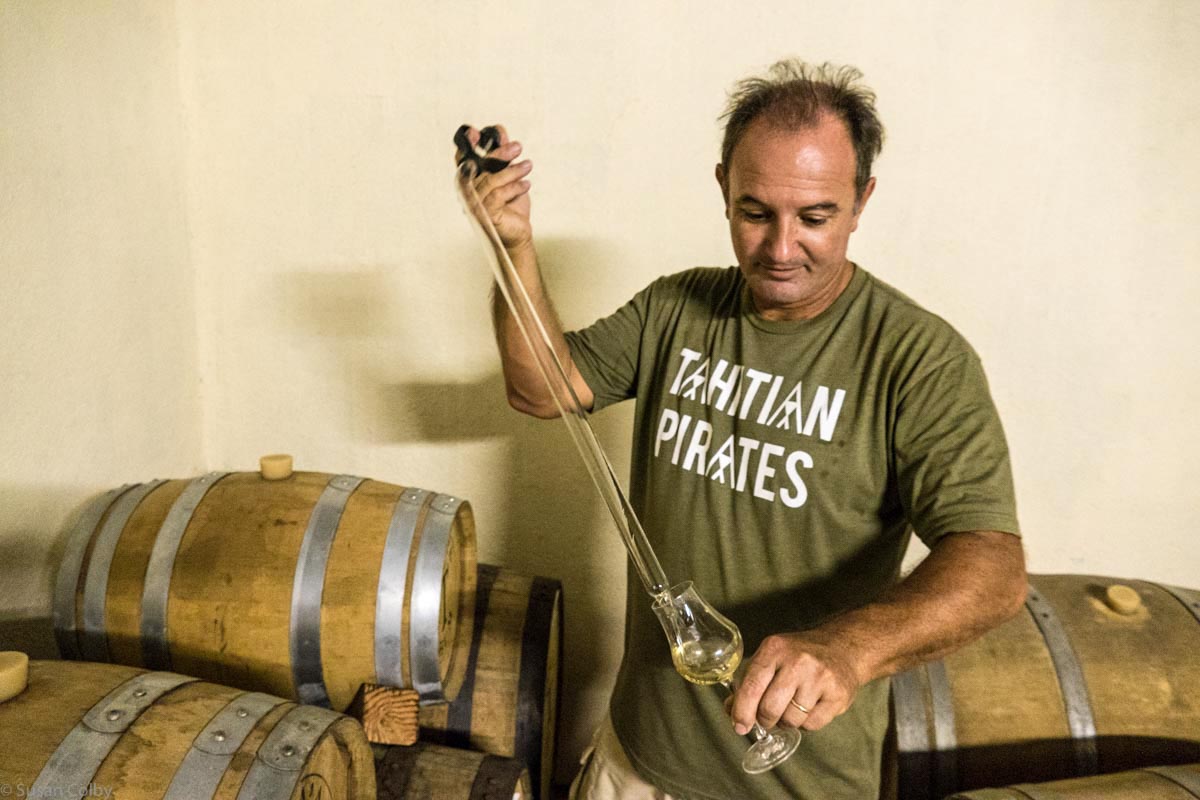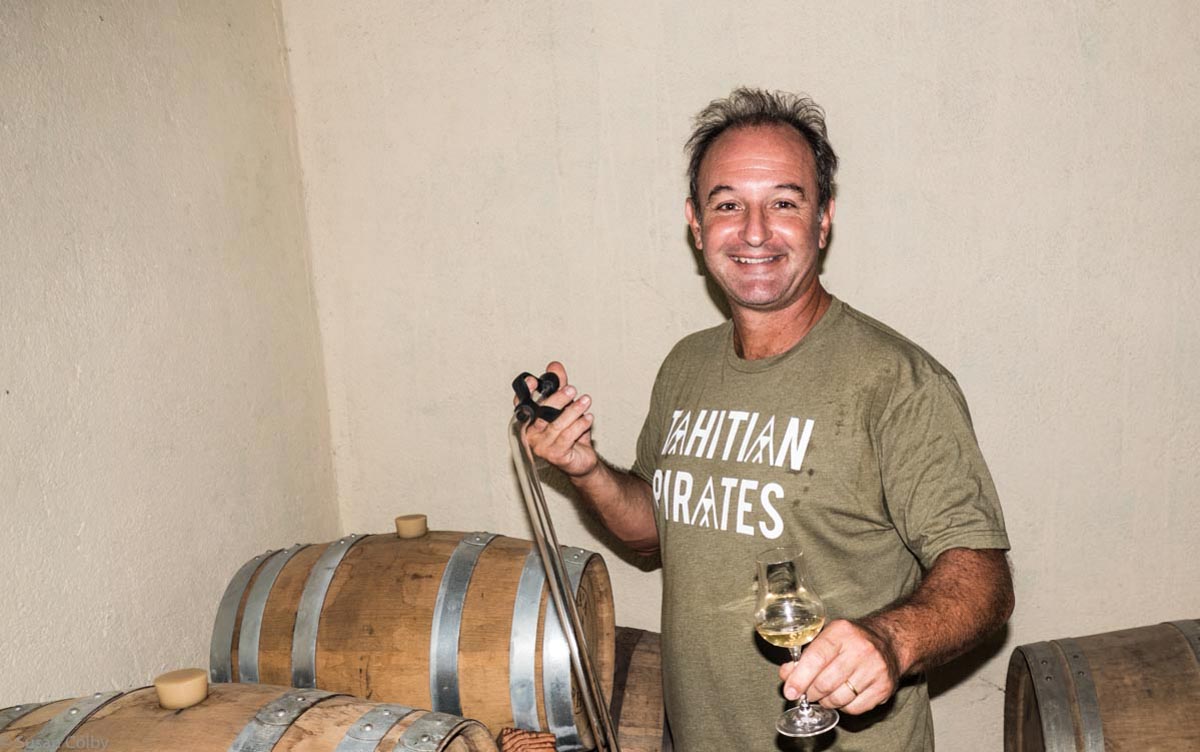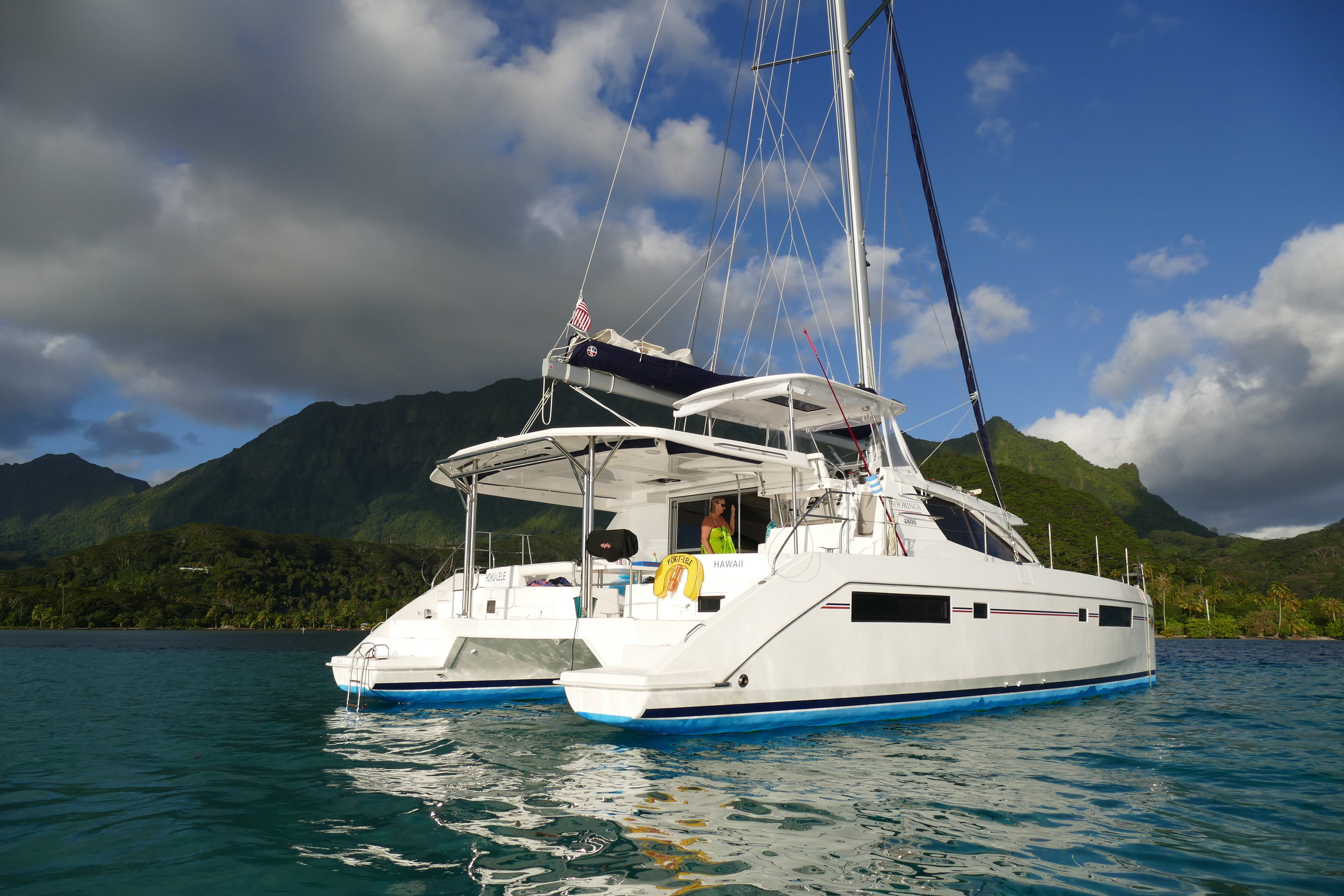Rhum Agricole in French Polynesia
'Yo ho ho and a bottle of rum' is the sailors’ anthem around the world. And as I was sailing in the warm tropical waters of French Polynesia, it seemed appropriate that I should seek out a local craft rum distillery so we could enjoy our sailor sundowners on the aft deck of the Moorings 48 catamaran each evening.
As luck would have it, the Vanilla Tour we had scheduled on the island of Taha’a included a visit to Distillerie de Taha'a . I was able to contact Laurent Masseron, owner and master distiller to set up an appointment for a meeting during our visit.
The distillery is just across the road from the Tapuamu Bay waterfront and is housed in a large open-air facility, with the gorgeous custom-designed still and tanks visible to guests. The facility, also known as Domaine Pari Pari produces not only rhum but a wide selection of organic essential oils from coconut and tamanu nut and vanilla.
The rest of the crew indulged in tasting the rhums and testing the oils while I went off to meet with Laurent, who has a wonderful story to tell.
It's a long way from Martinique to French Polynesia.
But for it was inevitable. As a wine importer and distributor for many years, Laurent often wondered why there was very little rhum produced in French Polynesia. It seemed to be the ideal place, the right climate and possibly the right sugar cane. He had seen a variety of canes used in Martinique and the rest of the West Indies and followed the cane trail to Taha'a, where he found what he was looking for.
Story goes that the original canes came from these islands and were disseminated around the world, especially to the West Indies, by none other than the Captains Bligh, Bouganville and Cook. Laurent discovered that O'Tahiti sugar cane, a cane endemic to the islands was still growing on Taha’a.
Years of Testing
In 2015, after 10 years of experimentation and searching for the right “recipe,” Distillerie de Taha'a was born. Although he doesn't grow his own cane, his contracted farmers are all within 10 kilometers of the distillery, close enough to get the freshly cut cane to him before it has a chance to start fermenting.
The fresh cane is hand-fed into the cane crusher/juice extractor and the juice immediately emptied into fermenting tanks, where it lives for approximately 48 hours. From there, the fermented sugar cane juice makes one pass through the still, resulting in an initial 75ABV. Then water from the mountain spring above the distillery brings it down to 55ABV, for TRhum and lower for Paille.
Taha'a Rhum is not certified organic but Laurent runs the operation as if it were, using sustainable practices wherever he can. All the bagasse from the crushed cane is returned to the fields as fertilizer and even the tiny, plastic tasting cups are washed and reused.
In a small room at the back of the distillery, casks line the walls. New American oak, a couple of Jack Daniels barrels, and sherry and madeira barrels, filled with the young rhum agricole which will age here for between one and three years.
Angel's Share
The angels’ share in this climate is between 8-10 percent but Laurent decided that before the angels got too greedy, he would tap a sherry barrel for me to taste the new Paille (straw-colored) rhum he was almost ready to bottle.
I was suitably impressed with the smooth, soft feel of this light golden-colored rum, with its heady, pure sugar cane flavors coming through.
Right then and there, I knew that Paille would be the one for our sundowners on deck. As we loaded ourselves back into our tour jeep, there was a lot of clinking going on and I knew I wasn't the only one who had tasted and decided that Distillerie de Taha'a's rhums were definitely going to be part of our nightly ritual.
